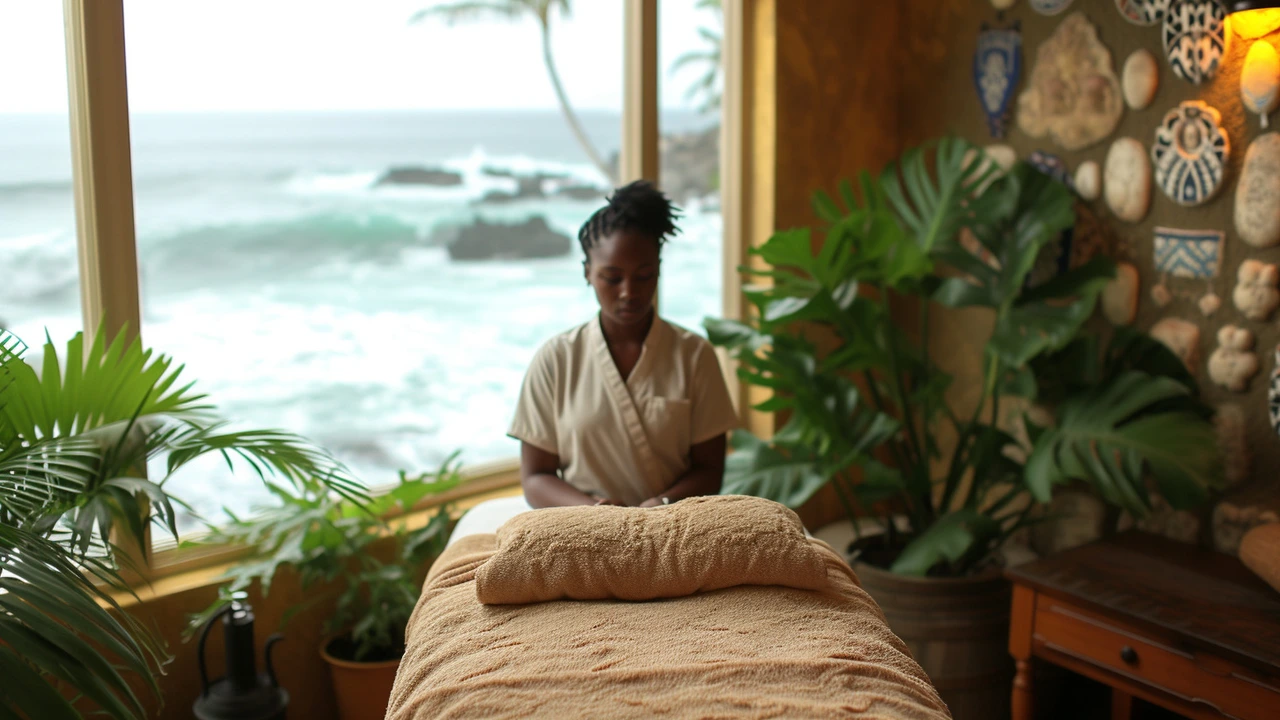Transformative Massage Experience: Real Change, Not Just Relaxation
Want a massage that changes how you feel for weeks? A transformative massage experience goes beyond relaxation. It eases chronic pain, improves movement, and shifts how your body holds stress. It's about technique, intention, and a therapist who listens. You should leave with practical tools, not just a temporary buzz.
Different techniques produce big results. Deep tissue and trigger point work release long-standing knots. Structural approaches like Rolfing and Hellerwork change posture over sessions. Somatic methods — Feldenkrais and Ortho-Bionomy — teach your nervous system new movement patterns. Traditional options like Lomi Lomi, Hilot, and Amma blend rhythm and breath for emotional release. Hot stone and acupressure add targeted relief for stiffness and poor circulation.
Choosing the right session
Start by naming your goal: pain relief, posture, stress reduction, or fitness recovery. Look for practitioners who focus on that goal and ask about training and case experience. Book a short consultation or a first session to test pressure and rapport. Tell the therapist about surgeries, medications, or blood issues. Red flags include aggressive sales, dismissive answers, or no intake questions.
Sessions usually begin with a quick intake and a movement check. Expect clear communication about pressure and areas to avoid. One session can ease pain and mood, but structural or chronic issues often need three to six sessions or more. Keep a simple log: rate pain, sleep, and mobility after each visit to track progress.
Simple ways to extend results at home
Hydrate well and sleep more the night after a deep session. Do gentle stretches five to ten minutes daily to hold gains. Use heat for tight muscles and ice for sharp inflammation. Try a foam roller or a tennis ball for safe self-release on calves and the upper back. Practice two minutes of mindful breathing several times a day to calm your nervous system.
Prepare by eating a light meal two hours before, wearing loose clothes, and arriving five to ten minutes early to fill out forms. Sessions usually last forty-five to ninety minutes; tell your therapist if you need shorter work. After a deep session you may feel tired or slightly sore for a day; mild swelling or increased urine output from released toxins is normal—drink water and rest. If pain spikes or numbness appears, contact the therapist.
Check credentials and read recent reviews before booking. Ask about liability insurance and first aid training. Many therapists offer a discounted first session or a short consult. Price varies by region and session length; expect budget options and premium studio rates. A short test session helps you decide if a therapist fits your goals. Start small, track progress, and adjust.
Don't book deep work if you have a fever, clotting disorder, or a fresh injury without medical OK. If you are pregnant, seek prenatal specialists. For cancer, hospice, or palliative care, find therapists with specific training. Ask questions and trust your gut. A true transformative massage feels focused, safe, and tailored to you.

Lomi Lomi: Redefining the Massage Experience
Hey there! Today, I'm diving deep into the world of Lomi Lomi, an amazing Hawaiian massage technique. Trust me, it’s not just a typical massage; it's a holistic wellness practice that works wonders on your body and soul. Explore with me the unique features and benefits that a Lomi Lomi massage brings to redefine your massage experience in the most unforgettable way. Get ready to enter a world of true relaxation and rejuvenation!
Categories
- Health and Wellness (148)
- Alternative Therapies (86)
- Massage Therapy (40)
- Travel and Culture (15)
- Beauty and Skincare (9)
- Holistic Health (8)
- Health and Fitness (5)
- Spirituality (5)
- Other (2)
- Personal Development (2)



